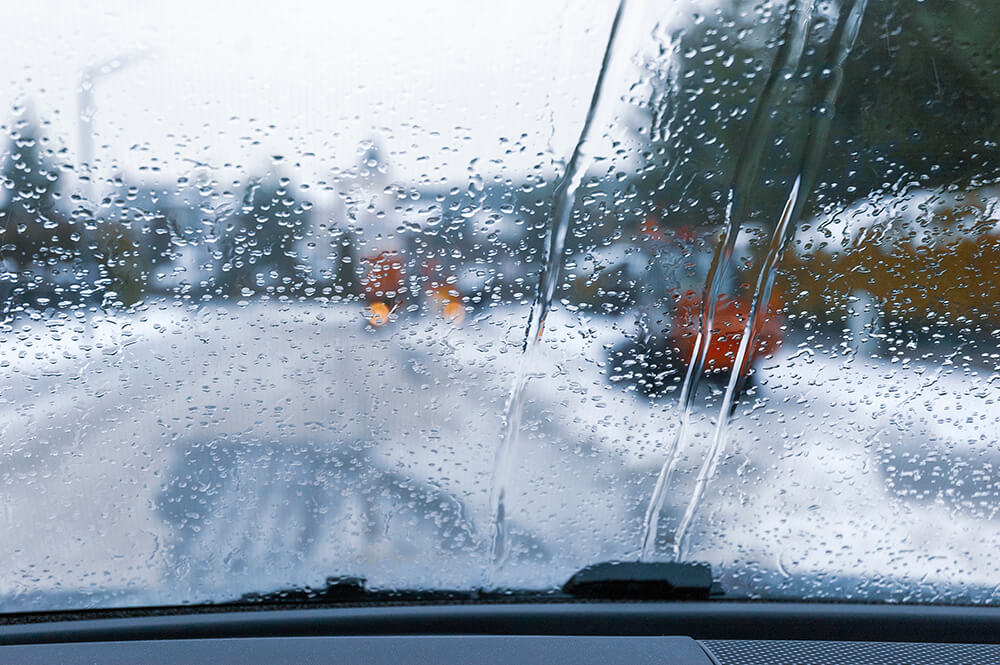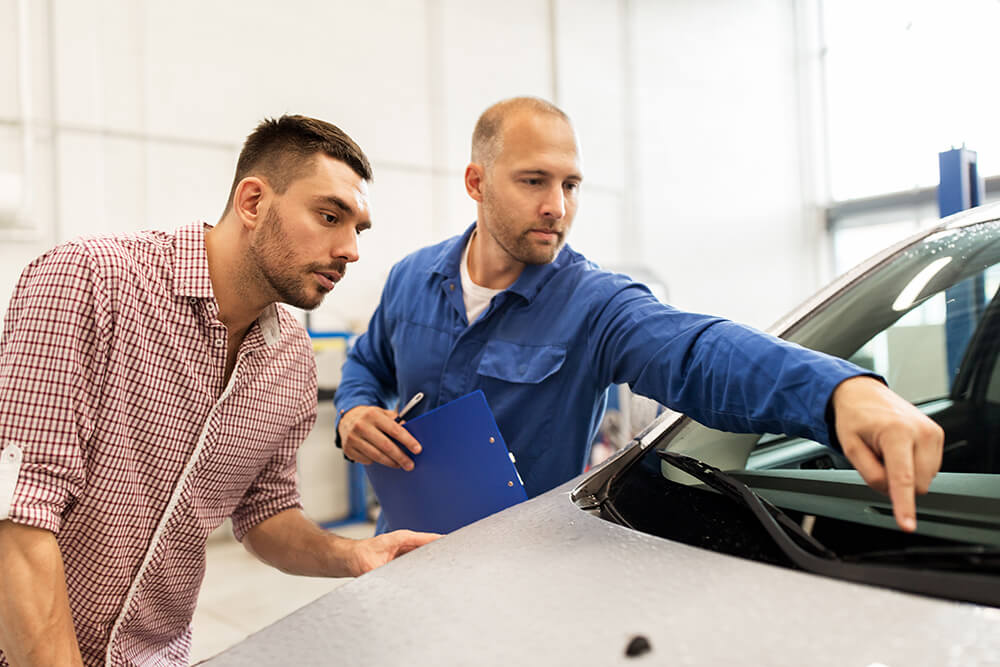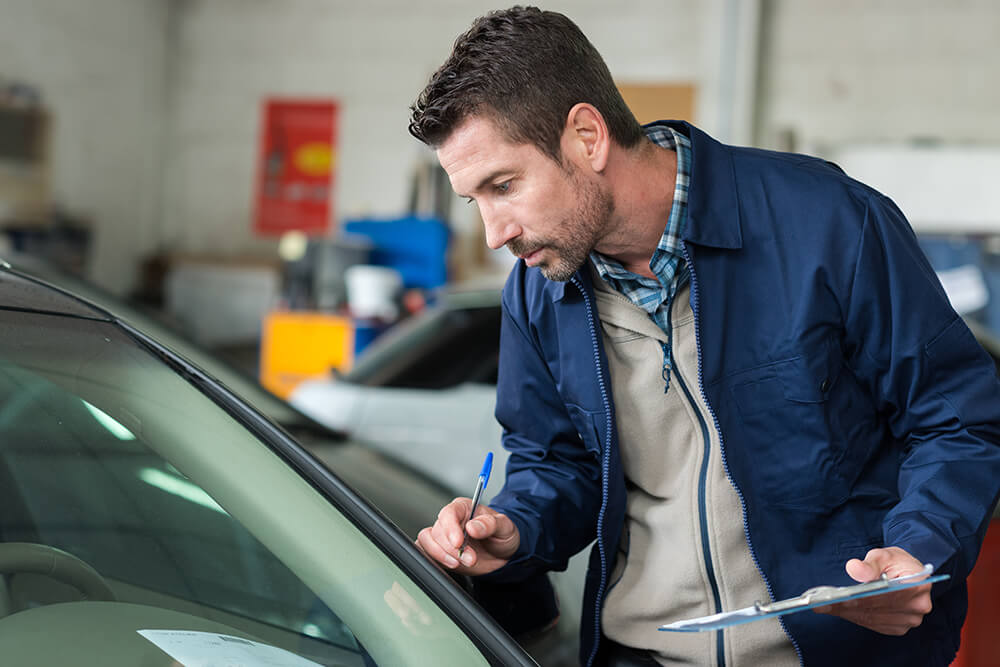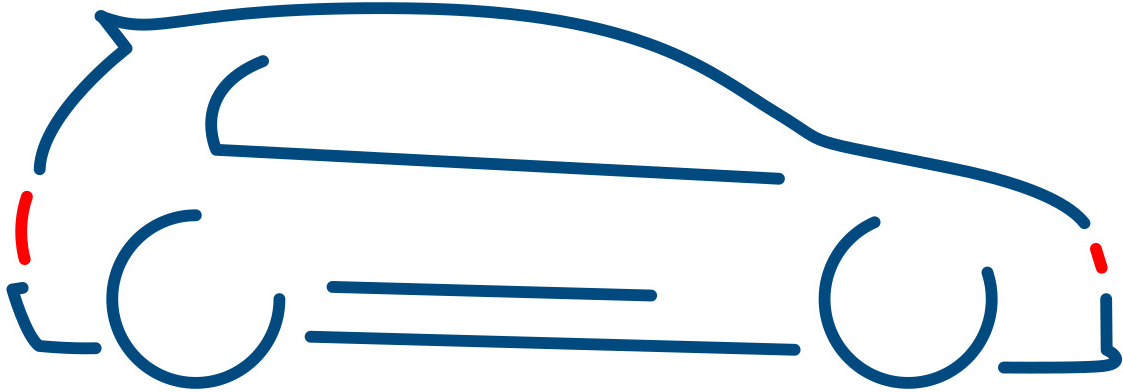If you notice water pooling on your dashboard and a persistent fog on the inside of your windshield despite your windows being completely shut, you may have a windshield leak.
These leaks are not only frustrating but can compromise the safety, comfort, and resale value of your vehicle. Worse, some leaks only show up during rain or after car washes, making them harder to detect early.

In this blog, we’ll discuss common symptoms of a windshield leaking, key factors that cause windshield seal failures, how to avoid them, and the importance of professional windshield leak repair.
Signs That You Need a Windscreen Leak Repair
Fixing a leaking windscreen is usually quick and affordable. The tricky part is figuring out if you have a leak in the first place. Knowing what to look for can save you from more expensive repairs down the line. Here are some of the most common symptoms of windshield leaking to watch for:
- Damp or foggy windows inside the car: If you frequently notice condensation on the inside of your windshield, even when the weather is dry, it could be a sign that water is getting in and disrupting the vehicle’s internal humidity levels.
- Musty smells or mould growth: A persistent musty or mildew-like smell is often caused by water pooling under the floor mats or carpeting, especially near the dashboard or footwells. This can lead to mould, which is both unhealthy and difficult to remove.
- Wet spots on the dash, floor, or headliner: If you spot unexplained moisture on your dashboard, dripping from the ceiling liner, or soaked carpet near the foot pedals, there’s a good chance water is entering through a faulty windscreen seal.
- Discoloration, rust, or bubbling near the trim: Water can seep under the trim and corrode metal around the windshield frame. If you notice rust or paint bubbling near the corners of the glass, the seal may be failing.
- Electrical issues: In advanced cases, leaking water may reach sensors, airbags, or dash components, leading to warning lights, flickering displays, or short circuits.
How to Test for a Windscreen Leak

If you’ve noticed multiple signs that your windshield may have a leak, it’s crucial that you inspect the glass and surrounding seal to rule out other potential sources like sunroofs or door gaskets. Here are some common ways to check for leaks and confirm whether your windshield is the culprit:
The Soap & Hose Test
Mix dish soap with water and spray it along the perimeter of the windshield. Then, with someone inside the vehicle, lightly spray a garden hose over the exterior. If air escapes through the seal, you’ll see bubbles. It’s simple but only works if the leak is active or pressure-driven.
UV Dye or Compressed Air Methods
More advanced testing involves UV-reactive dye or applying compressed air from inside the vehicle. With the right lighting or soap solution, any tiny leak will show visible signs. These methods are best performed by professionals, as they require specific tools and controlled conditions.
Key Factors Behind Windshield Seal Failures & How to Avoid Them
If you’re wondering why there is water on the inside of your windshield, it’s often a sign that your windshield seal is no longer doing its job. A leak may start small, but over time, even a hairline gap in the seal can allow significant moisture into your vehicle. Here are some of the most common causes of windshield seal failure—and how to avoid them:
- Ultraviolet (UV) exposure: Direct sunlight degrades the polymer compounds in windshield adhesives, leading to dry rot and cracking over time. To reduce long-term UV damage, try to park in shaded areas or use a windshield sunshade when your vehicle is stationary for extended periods.
- Low-quality adhesive or rushed curing time: Some auto glass providers use subpar urethane or fail to allow proper curing time before the car is driven, compromising the seal’s bond. Make sure to ask your technician what adhesive they use, and ensure the vehicle remains stationary for the recommended curing period (usually one hour minimum).
- Rust or corrosion around the frame: Rust beneath the windshield frame prevents proper adhesion during installation, and it can cause existing seals to lift or warp. This is why it’s crucial to address small rust spots immediately. Never install a new windshield over untreated corrosion as well.
- Structural flex from frame damage: If you’ve been involved in a collision, the impact may have altered your car’s frame alignment. This kind of distortion can loosen the windshield seal over time, creating tiny gaps that allow water to enter. After any accident, especially one involving the front end, have both your windshield and its seal inspected to ensure the integrity hasn’t been compromised.
Windshield Leaking After Replacement? Here’s Why It Happens
While uncommon, windshield leaks following a replacement can occur if the glass wasn’t installed correctly or if the adhesive didn’t cure properly. Even a slight misalignment or a rushed installation can create small gaps in the seal that allow moisture to enter.
Unfortunately, these installation errors don’t just result in leaks—they can also interfere with your vehicle’s Advanced Driver Assistance Systems (ADAS), which require exact camera positioning to work safely and effectively.
The Importance Of Getting Professional Windscreen Leak Repair

Water inside your vehicle isn’t just inconvenient—it can compromise safety in more ways than most drivers realize. Modern windshields are bonded directly to the frame of the car and play a crucial role in the vehicle’s structural integrity.
If the seal fails and water enters the cabin, it may also disrupt sensitive electronics like airbag sensors or Advanced Driver Assistance Systems (ADAS) such as lane-keeping assist or emergency braking.
Many post-replacement leaks are caused by rushed or incomplete installations. A technician who skips a primer, misaligns the glass, or uses low-grade adhesive can leave behind invisible gaps that cause leaks days or weeks later. In vehicles with ADAS, poor alignment can lead to system errors, or worse, inaccurate responses while driving.
Professional windscreen repair ensures that the job is done right the first time. Technicians use specialized equipment to diagnose leak points, properly prep the bonding surface, and re-seal the windshield using manufacturer-approved materials. When needed, they also recalibrate ADAS systems to restore safety features. And in many cases, a leaking windscreen is covered by insurance, so there’s no reason to delay a proper fix.
Say Goodbye to Leaks with Certified Auto Glass Repair
Moisture inside your car might seem like a small problem, but it often signals something much bigger. A leaking windshield can compromise visibility, damage electronics, and even reduce your car’s structural integrity in the event of a collision. Recognizing the symptoms early—and trusting the right team to handle them—makes all the difference.At Auto Glass Whitby, we provide professional windshield repair and comprehensive auto glass replacement services. Our technicians follow strict OEM protocols, use high-quality adhesives, and offer quick same-day service. Our windshield experts will ensure every seal is precisely applied and leak-free, restoring your vehicle’s safety, comfort, and structural integrity.

